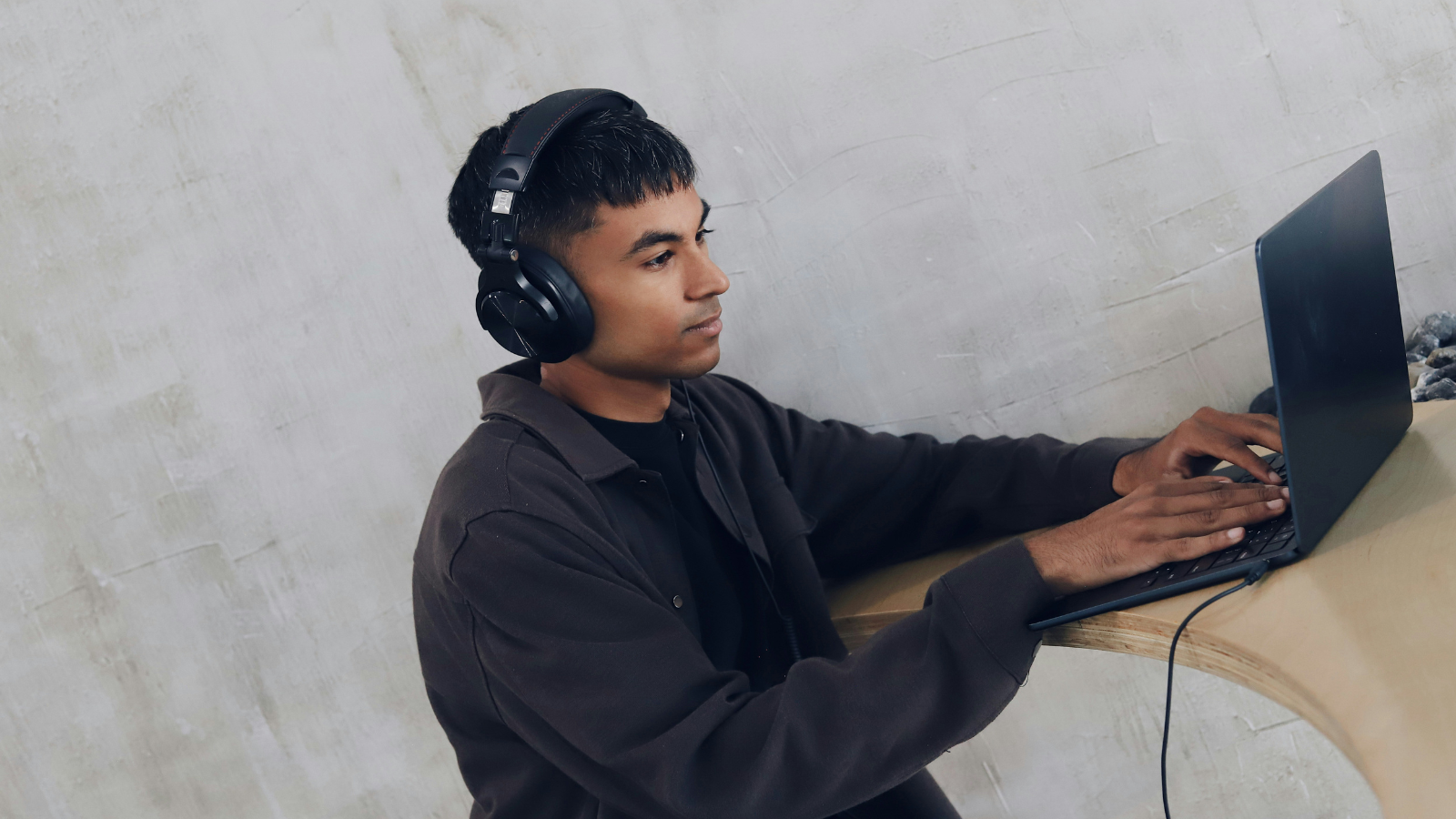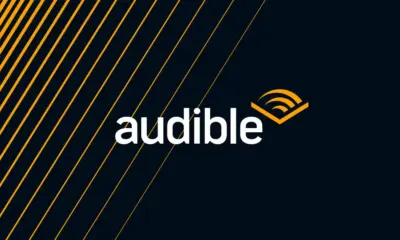Science
Authentic Content in 2025: Niche AI Tools Challenge Tech Giants

The internet faces a crucial challenge in 2025: the authenticity of content. This issue arises from the rapid adoption of artificial intelligence, which has both created and complicated the question of trust in online media. As misinformation and synthetic media incidents rise, the need for reliable content verification has become paramount. The battle for authenticity pits two distinct groups against one another: major technology companies establishing provenance standards and emerging niche AI tools dedicated to detection and verification.
Understanding the Authenticity Dilemma
AI technology has drastically transformed content creation, leading to a surge in concerns about authenticity. According to the Stanford AI Index 2024, incidents of synthetic media have increased significantly, fostering public distrust. As a response, regulators have begun implementing measures to enhance transparency. The EU AI Act introduces requirements for identifying deepfakes and clearly labeling synthetic content. While these regulations do not guarantee authenticity, they compel platforms and publishers to clarify the origins of their content.
The strategies employed by technology giants and niche AI startups vary significantly. Big tech companies are focusing on provenance, employing standards like the Content Authenticity Initiative and C2PA. These initiatives attach verifiable metadata at the moment of content creation. For instance, Adobe reports that over 2,000 members, including camera manufacturers and social media platforms, are already participating in the Content Credentials initiative. Furthermore, platforms like YouTube have started labeling both synthetic and real media, enhancing transparency for users.
In contrast, niche AI startups tackle the authenticity issue through detection and verification. These tools analyze text for statistical patterns, fact-check claims against reliable databases, and refine AI-generated content for a more natural flow. By combining these methods, smaller companies aim to address the authenticity challenge from multiple angles.
The Role of Platforms and Regulation
The distribution of content plays a crucial role in shaping authenticity standards. YouTube, for example, now mandates that creators label realistic AI-generated content, particularly in sensitive areas such as news and health. Similarly, Google has begun linking authenticity indicators to C2PA metadata, allowing viewers to verify the source of a video clip. Although these measures are not foolproof, they establish a baseline for content authenticity, especially as regulations evolve.
The EU AI Act will require platforms to label synthetic media explicitly. Vendors serving educational institutions and government bodies will need to provide audit trails, reinforcing the trend towards transparency. As global platforms adapt to these regulations, a simple rule is emerging: prove authenticity or clearly label content as synthetic.
Niche AI tools have carved out a niche where precision and independence are critical. For example, in academic settings, instructors and students require reliable checks on originality and the ability to counter false positives. Similarly, newsrooms seek verification for every claim and provenance signals for images and videos. Compliance teams are increasingly tasked with identifying hidden quotations or AI-generated rewrites that may distort original meaning.
The landscape continues to evolve with specialized startups like JustDone, which focus on targeted expertise in AI detection and verification. For instance, JustDone quickly adapted its detection models for GPT-4.5, responding to the latest advancements in AI technology. Their Humanizer tool also underwent retraining to better align with academic tone, showing the agility of smaller companies compared to their larger counterparts.
Despite the advancements in detection technology, no AI detector is infallible. Each system struggles to balance recall and precision, particularly as adversaries adapt their methods. The Stanford AI Index highlights that even the most robust detection systems can be fooled by paraphrased or restyled text. Concurrently, a McKinsey survey indicates that many organizations are adopting AI technologies without implementing strong validation protocols, creating significant oversight gaps.
The key takeaway is not to rely on a single signal for authenticity. A comprehensive approach should combine provenance credentials with confidence scores from detectors and thorough editorial reviews. As regulations become more stringent, publishers will need to demonstrate that they have taken reasonable steps to avoid the dissemination of fabricated quotes or misleading synthetic content.
Education and Journalism as Testbeds
Educational institutions are revising their policies surrounding AI assistance and authorship. While tools like Turnitin remain relevant, educators are now integrating draft histories, plagiarism checks, and alternative detection methods to reduce the likelihood of false positives. This multi-faceted approach builds a stronger case for content integrity than relying on a single tool.
Newsrooms face similar challenges. The integration of C2PA metadata enhances the validation of images and videos, while fact-checking processes ensure that text is accurate. AI detectors help identify synthetic phrasing and unsupported claims. As platforms like YouTube implement authenticity badges, audiences are becoming increasingly aware of the need for visible integrity signals, placing pressure on publishers to meet these expectations.
Looking ahead, several trends are likely to shape the landscape of content authenticity in 2025. First, provenance standards are expected to become the default, with more cameras and creative applications shipping with C2PA capabilities. While this development may not completely eliminate fakes, it will provide honest publishers with a competitive advantage.
Second, the focus on AI detection will narrow, leading to more specialized tools designed for particular contexts, such as legal documents or academic essays. Vendors will likely release calibration guides to explain potential false positives and best practices for combining signals from multiple sources.
Finally, governance will become increasingly professionalized. As highlighted by McKinsey, many organizations have adopted generative AI faster than they have established safeguards. The next phase will involve process design that defines what to check, when to check it, and how to document the verification process.
In conclusion, the future of authentic content in 2025 will hinge on the collaboration between tech giants and niche AI tools. While large corporations control distribution and establish norms, specialized tools offer practical solutions for verification. For students, editors, and researchers, the most resilient strategy will involve favoring signed media, conducting independent checks, and meticulously documenting each step in the pursuit of authenticity.
-

 Politics4 weeks ago
Politics4 weeks agoSecwepemc First Nation Seeks Aboriginal Title Over Kamloops Area
-

 World5 months ago
World5 months agoScientists Unearth Ancient Antarctic Ice to Unlock Climate Secrets
-

 Entertainment5 months ago
Entertainment5 months agoTrump and McCormick to Announce $70 Billion Energy Investments
-

 Science5 months ago
Science5 months agoFour Astronauts Return to Earth After International Space Station Mission
-

 Lifestyle5 months ago
Lifestyle5 months agoTransLink Launches Food Truck Program to Boost Revenue in Vancouver
-

 Technology3 months ago
Technology3 months agoApple Notes Enhances Functionality with Markdown Support in macOS 26
-

 Lifestyle3 months ago
Lifestyle3 months agoManitoba’s Burger Champion Shines Again Amid Dining Innovations
-

 Top Stories2 months ago
Top Stories2 months agoUrgent Update: Fatal Crash on Highway 99 Claims Life of Pitt Meadows Man
-

 Politics4 months ago
Politics4 months agoUkrainian Tennis Star Elina Svitolina Faces Death Threats Online
-

 Sports5 months ago
Sports5 months agoSearch Underway for Missing Hunter Amid Hokkaido Bear Emergency
-

 Politics5 months ago
Politics5 months agoCarney Engages First Nations Leaders at Development Law Summit
-

 Technology5 months ago
Technology5 months agoFrosthaven Launches Early Access on July 31, 2025





















